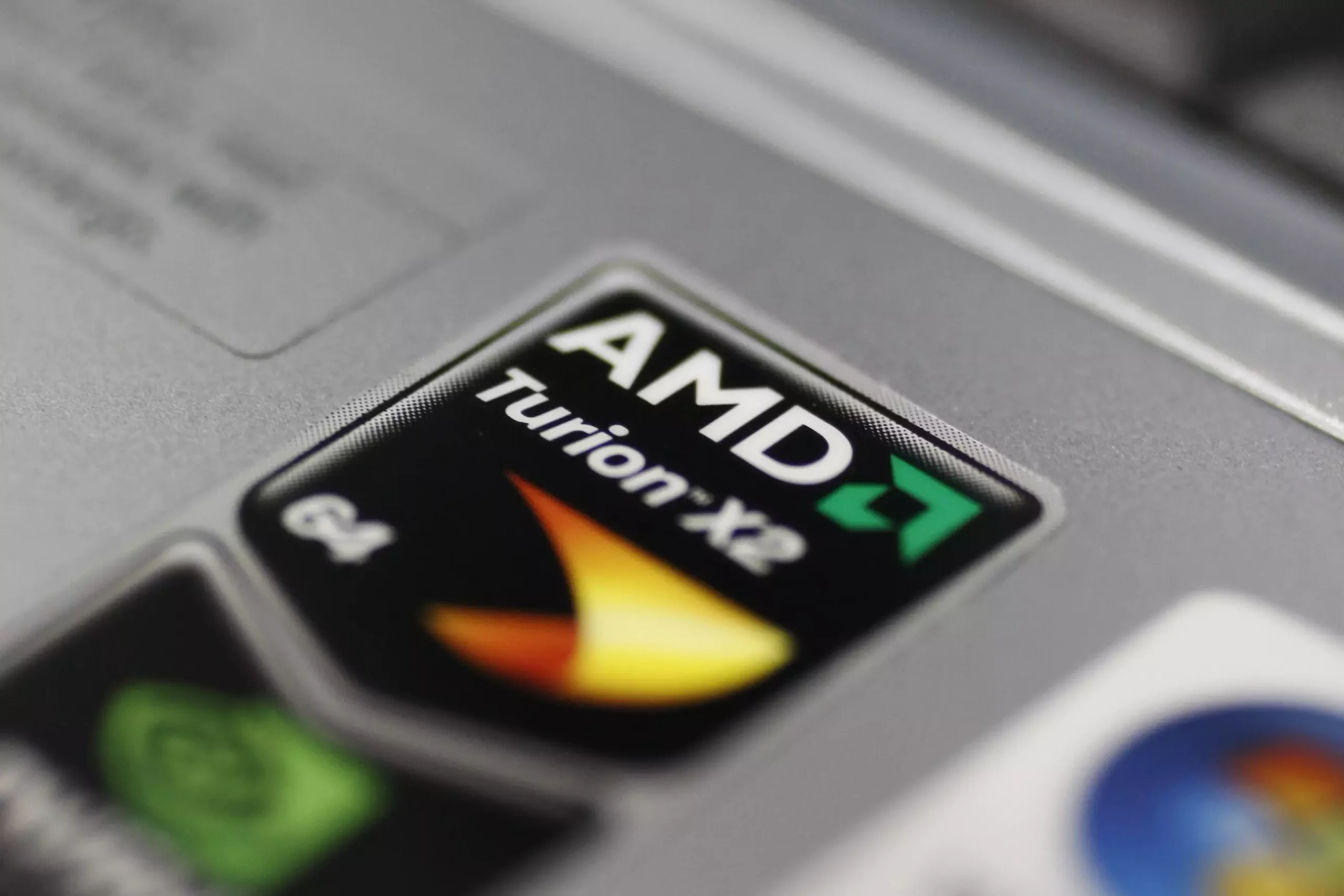AMD’s recent acquisition of server maker ZT Systems for $4.9 billion has sent shockwaves through the tech industry as the chipmaker aims to bolster its artificial intelligence capabilities to compete with industry leader Nvidia. This move is part of a larger trend of mergers and acquisitions gaining increased scrutiny from the Biden Administration.
ZT Systems, a New Jersey-based company specializing in data center and storage infrastructure systems, brings valuable expertise and experience to AMD. By acquiring ZT Systems, AMD gains access to cutting-edge technology that will enable it to enhance its AI ecosystem and software capabilities.
AMD’s acquisition of ZT Systems is a strategic move to better position itself against Nvidia, a tech giant that has dominated the market for AI chips. By investing more than $1 billion in expanding its AI capabilities, AMD is signaling its intention to challenge Nvidia’s dominance in the industry.
Impact on Data Center Solutions
Once the deal with ZT Systems is finalized, AMD plans to integrate the company into its Data Center Solutions Business Group. This move will strengthen AMD’s presence in the data center infrastructure market and provide it with a competitive edge against other major players in the industry.
The approval of the acquisition by AMD’s board indicates a strong vote of confidence in the strategic direction of the company. With the deal expected to close in the first half of the next year, all eyes will be on AMD to see how it leverages its new assets to drive growth and innovation in the ever-evolving tech landscape.
AMD’s acquisition of ZT Systems marks a pivotal moment in the company’s ongoing efforts to enhance its position in the tech industry. By focusing on strengthening its AI capabilities and expanding its presence in the data center market, AMD is positioning itself as a formidable competitor to industry leaders like Nvidia. The implications of this acquisition will be felt across the industry, setting the stage for a new era of innovation and competition in the rapidly evolving tech landscape.


Leave a Reply